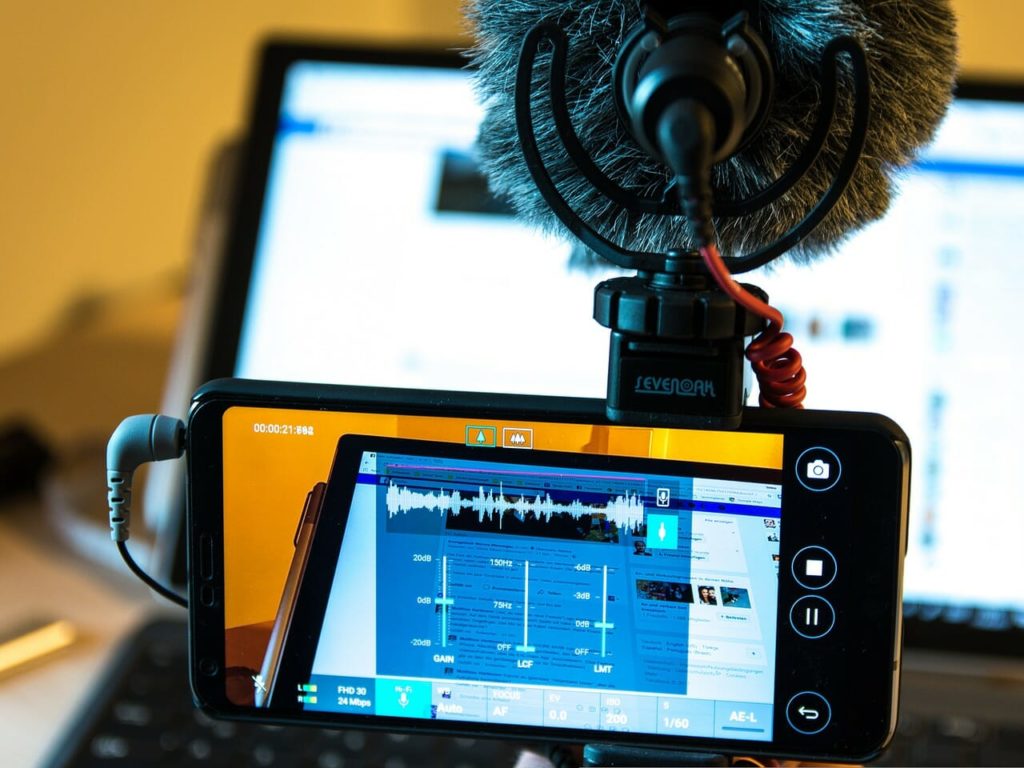This market research report was originally published at Yole Développement’s website. It is reprinted here with the permission of Yole Développement.
Yole SystemPlus analyzes and compares the technology choices made by Knowles, Goermicro, Omron, MEMSensing, Zilltek, Novosense, BSE, TDK-Invensense, and Hosiden.
OUTLINE
-
The consumer MEMS microphone market is expected to reach almost US$2.3 billion in 2027.
-
Knowles is the main player in the MEMS Microphones representing 46% of the total components, followed by Goermicro with 29%. MEMSensing, Zilltek and Novosense are the new players observed in the new Yole SystemPlus teardown analysis.
-
Based on Yole SystemPlus sample of 76 phones during 2020-2021: Knowles is the leader in MEMS microphones integrated into analyzed smartphones, with 43% of the total smartphone opened. Goermicro follows with 32%, and Omron with 12%.
-
More than 25% of the design win represented by other Asian manufacturers: MEMSensing, Novosense, Zilltek etc.
The interest in the consumer microphone market is massively increasing. Indeed, the main drivers are wireless earbuds. Goermicro and Knowles, for instance, are two main players on the market, with market share of 30% and 27% respectively, based on 2021 revenue data.
In this context of growing enthusiasm, Yole SystemPlus analyzes the microphone’s technologies to provide an insight on the structure, technology, processes, and cost of manufacturing. In the Consumer MEMS Microphone Comparison 2022, the reverse engineering & costing company, part of Yole Group, provides a detailed comparative review of technology, supply chain evaluation, and cost of 15 MEMS microphones. The references come from the leading suppliers on this market: Knowles, Goermicro, Omron, MEMSensing, Zilltek, BSE, Novosense, TDK-Invensense, and Hosiden.
“For each microphone, we overview the packaging, ASIC , and MEMS dies, with detailed optical and SEM pictures of MEMS internal structure, package, and cross-section. We deep dive into the technology, analyze the substrate types and identify the MEMS manufacturing processes. For each microphone, comparison and technology evolutions are underlined. Through this new reverse engineering and costing report, we aim to point out the technology choices made by the microphone.”
Khrystyna Kruk
Manufacturing and Data Analyst, Yole SystemPlus
Indeed, a very large variety of technology choices are observed in the MEMS microphone world, pushed by the dynamism of the consumer market. According to Yole Intelligence, part of Yole Group, experts, in the Microphones, Microspeakers, and Audio Processing 2021 report, the consumer MEMS microphone market is expected to reach almost US$2.3 billion in 2027 compared to US$1.6 billion in 2022.
One of the main market drivers is that the phone manufacturer integrates multiple MEMS microphones into a single smartphone device. For example, the recent Samsung smartphones incorporate three microphones while the latest Apple iPhone integrates 4 devices not including the headphones.
The common manufacturing approach for MEMS microphones used by most of the players nowadays is still the capacitive microphone with a single or dual backplate and a movable membrane.





Even if package type and package integration are similar for all the analyzed MEMS microphones, Yole SystemPlus underlines a big difference for the ASIC technology node, size, and metal layers. For example, BSE manufacturers its ASIC using the smallest technology node (0.09µm) among all analyzed references compared to 0.5µm used in MEMSensing and Novosense microphones.
Furthermore, the MEMS processes and design are more repetitive. Therefore, the type of structure is the same. However, the differences in the design are observed at different levels: size of diaphragm, number, and shape of the acoustic holes…
For Knowles, one of the main Apple suppliers, many things have changed. Yole SystemPlus highlights in its 2022 analysis the significant decrease of the package footprint and MEMS die area, and usage of the MEMS microphones with only one transducer in the recent Apple devices. Moreover, the Knowles approach of ASIC die dicing using plasma etching technique has been observed as well for the ASIC dies in BSE microphones.
Speaking about the supply chain, the increase % of the market shares taken by the Asian MEMS microphone suppliers was observed. For example, Samsung sources MEMS microphones from MEMSensing, while Microsoft and Huawei source from Zilltek.
For this report, Yole SystemPlus looked at a sample of 247 smartphones and more than 20 other electronic devices such as wearables, tablets, smart home released during the last six years. Yole SystemPlus’ analysts extracted the MEMS microphones from each electronic device and selected the most innovative MEMS microphones for in-depth analysis.
The most important observation made by Yole SystemPlus’ team is the smallest MEMS die size for BSE in their F4-(S)MOE-N090R38-3P reference.
Yole SystemPlus report includes survey data of the microphones from Yole SystemPlus teardown analysis which are used by the main OEM suppliers in the market. The most innovative electronic components from the last five years have been selected for the analysis.
Yole SystemPlus and its partner Yole Intelligence’s sensing teams invite you to follow the audio industry and the evolution of the technology on www.yolegroup.com.
Stay tuned!
Acronyms:
- MEMS : Microelectromechanical Systems
- ASIC : Application-Specific Integrated Circuit


